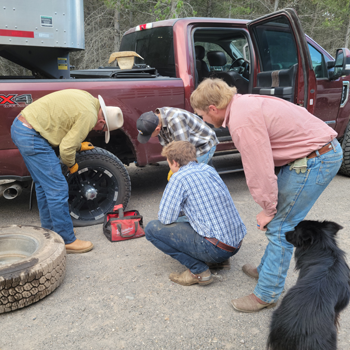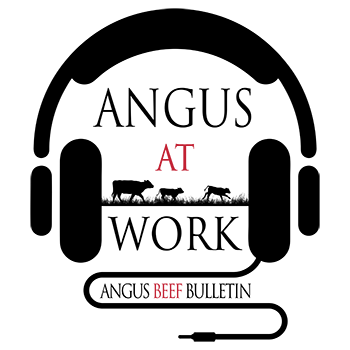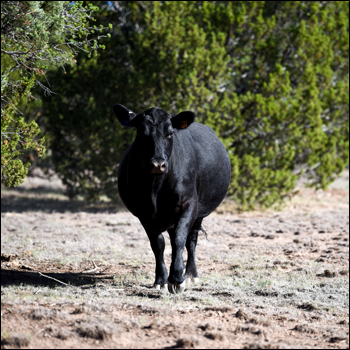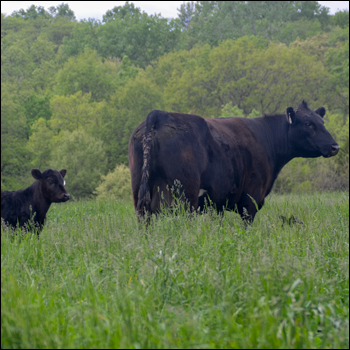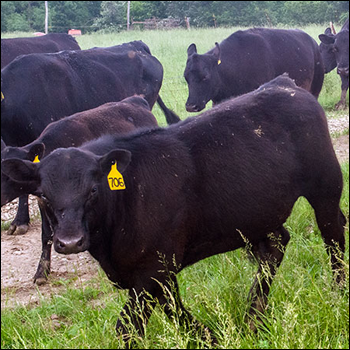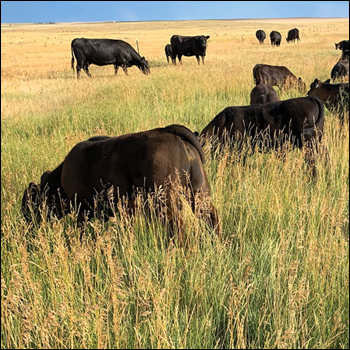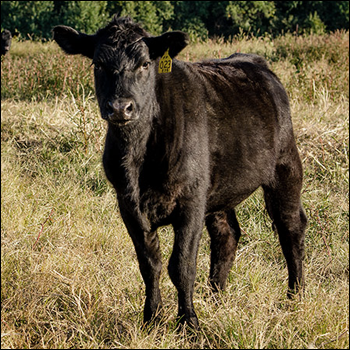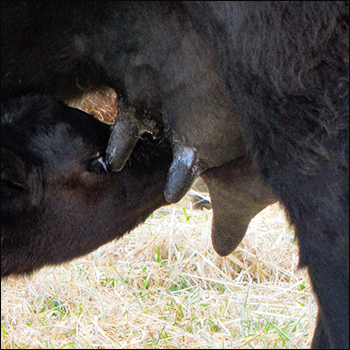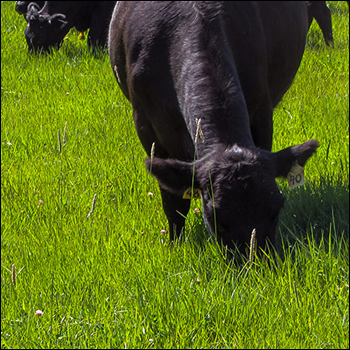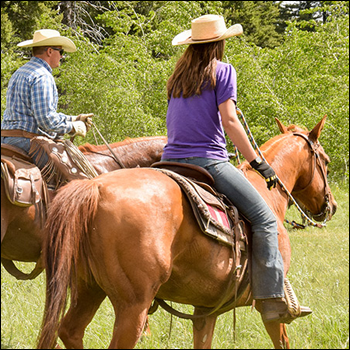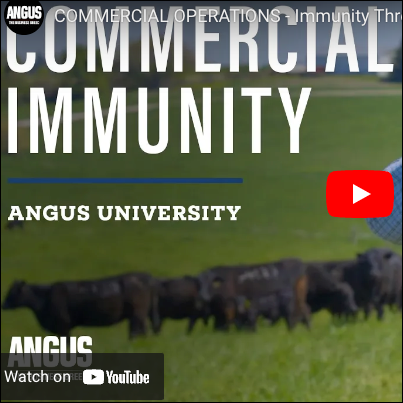
Market Closeout
In it for the long haul.
Longevity is one of the least sexy words in the English language. Most ranchers I know have passing their ranch to the next generation as one of their primary goals. Longevity when it comes to your cows, well there is probably no trait that has a bigger effect on profitability. As I get older, the importance of longevity grows daily.
My dad was always very big on guarding your reputation. One of his favorite sayings was that longevity was a big part of credibility. He was right. Staying power means something in this industry and in life.
I think there are a couple of reasons longevity doesn’t seem exciting.
Quality, longevity are connected
One is there is a misconception that quality and longevity are not connected. I suspect that is because we use longevity as a descriptor when there isn’t something more illustrious to discuss. For example, Joe worked at XYZ company for 40 years. If he had invented the iPhone during his career, we would have probably led with that. The same goes for a cow. If she had weaned the heaviest calf for 10 years or raised a $100,000 bull, we would probably lead with that rather than she was 15 years old before reaching the cull pen.
The idea that longevity is not related to excellence and quality couldn’t be farther from the truth. Jim Collins, who has authored some tremendous business books, like Good to Great and Built to Last, spent a lot of time looking at why some businesses enjoyed long-term success and others didn’t. This is one of my favorite quotes from him:
“When [what you are deeply passionate about, what you can be best in the world at and what drives your economic engine] come together, not only does your work move toward greatness, but so does your life. For, in the end, it is impossible to have a great life unless it is a meaningful life. And it is very difficult to have a meaningful life without meaningful work. Perhaps, then, you might gain that rare tranquility that comes from knowing that you’ve had a hand in creating something of intrinsic excellence that makes a contribution. Indeed, you might even gain that deepest of all satisfactions: knowing that your short time here on this earth has been well spent, and that it mattered.”
Long-term success (longevity) is rarely enjoyed by those who take the safe road. Rather, they are the ones who are passionate about what they are doing and who continue to make a substantive difference over time. Longevity isn’t created by short-term brilliance, but by discipline and demonstrated conviction to core principles.
It is important to realize longevity is the opposite of maintaining the status quo. In fact, longevity is almost synonymous with one’s ability to evolve, change and adopt.
Jim Collins also stated, “Good is the enemy of great.” Good is equated with the status quo, but greatness rarely is. It is largely accepted that the greatest threat to long-term success is not failure, but success. Few businesses are lost because strategies are created to account for a changing environment, but many are lost because entities cling to the model or ideology that brought them success in the past.
For owners of a business or ranch, there is rarely anything more important than the longevity of that business. Nearly every decision is guided by that core principle. The disconnect is that we tend to equate survival with tradition. Academically, it is easy to see the absurdity of such an assumption. However, when it comes to real life, it becomes more difficult, especially in agriculture. The long-term sustainability of a business inevitably means doing things differently than you have in the past. Rarely, do you get where you want to be by repeating what got you to where you are. Think Kodak and Blockbuster, for example.
The false belief that one can perpetually continue down the same path to maintain the same level of success is enticing for any entity. The struggle is even more acute in agriculture. Ironically, it is directly tied to what I would argue are some of our greatest strengths.
Many of our ranches defy the business norm in that they are multi-generational. The great thing about this is that there is a burning desire to continue the legacy. Yet, we mistakenly believe that not changing the way things are done is being true to our ancestors.
Grandpa didn’t wean in October, he didn’t use Hereford bulls, and he didn’t put up hay with horses because of some overriding key principle to which the business is linked. More than likely he didn’t have a choice, or it was the best alternative at the time. I doubt he would argue against adding agritourism or hunting income to the operation. I doubt he would oppose adding black Angus bulls to increase the profitability of the operation in today’s environment. The responsibility to uphold the legacy of those who have gone before us is real, but that means making the right decisions for the operation today.
Lifestyle longevity
The second difficulty for ranchers is that profitability is many times not our primary driver. We didn’t get into ranching solely to make a living. We actually idolize bad economic decisions. Turning down $100,000 for that heading horse so you look good at the county roping only makes sense if that feeling is more important than the financial responsibility you have toward your family. It’s easy to justify not risking change. We give ourselves another excuse to continue along the same path, and we justify it by the false assurance that we are reducing risk.
Finally, many of our industry organizations are member-driven organizations — cattlemen’s groups, co-ops or associations. These organizations are usually governed by member boards. These individuals tend to be successful and aggressive individual operators of their own businesses, but there is an unspoken rule when we serve on these boards. Our primary mission is to leave the organization essentially the same as when you took over, hopefully in an incrementally better place than when you took over.
It is almost a proverb that member-driven organizations will not adopt changes to the current business model until they are absolutely forced to by facing extinction. Of course, it is usually too late at that point. They think they are voting to maintain the status quo, legacy, and future of the organization by not making sound business decisions, when it is those very decisions that would accomplish their goals.
The American Angus Association is one such member-driven organization that serves as a great case study. Some of the core activities of the Association are not different today than they were at their inception — recording pedigrees and promoting the breed, for example. However, they don’t accomplish those two objectives in the same way they once did. They changed and evolved.
Additionally, most of their success is attributed to new business models and paradigms that greatly changed their business structure. The start of Certified Angus Beef (CAB) and owning a branded-beef business is a great example. Throw in expected progeny differences (EPDs) and widespread collection of phenotypes and then the incorporation of genotypes would be another. Creating not just one but four for-profit entities under the American Angus Association umbrella is another. It also puts commercial cattlemen’s success as the primary pillar of its success, when it doesn’t directly capture any net revenue from that is another. History tells us these bold, closely contested decisions, not universally supported by membership, forever altered the way the Association was structured.
Thankfully, even though we are strongly bound to tradition, our industry also has the innate understanding that doing what is right — rather than what is easy — is the soundest path. I would contend that the greatest way to assure the longevity of an operation or organization is to ask yourself these two questions: If I weren’t tied to some misconception of what the business should look like, would I be making this decision? Are you evolving quickly enough to ensure the stability, sustainability and longevity of your business in the long term?
Editor’s note: Troy Marshall is the director of commercial industry relations for the American Angus Association.

Angus Proud
In this Angus Proud series, Editorial Intern Jessica Wesson provides insights into how producers across the country use Angus genetics in their respective environments.
 Angus Proud: Scott Sproul
Angus Proud: Scott Sproul
Oklahoma operation learned wisdom of moving calving season to better suit their marketing needs.
 Angus Proud: Bubba Crosby
Angus Proud: Bubba Crosby
Fall-calving Georgia herd uses quality and co-ops to market calves.
 Angus Proud: Jim Moore
Angus Proud: Jim Moore
Arkansas operation retains ownership through feeding and values carcass data.
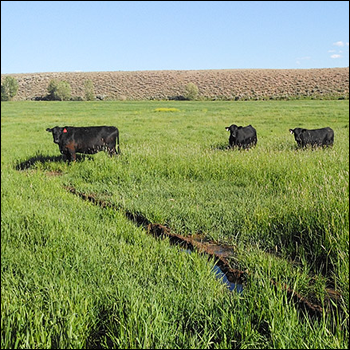 Angus Proud: Stephen Shiner
Angus Proud: Stephen Shiner
Idaho operation rotates pastures in summer and raises crops for winter.
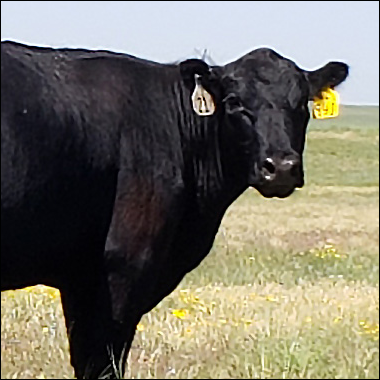 Angus Proud: Brian Nusbaum
Angus Proud: Brian Nusbaum
Angus cattle fit cattleman’s marketing goals and helped him set out on his own.
 Angus Proud: Les Shaw
Angus Proud: Les Shaw
South Dakota operation manages winter with preparation and bull selection.
 Angus Proud: Jeremy Stevens
Angus Proud: Jeremy Stevens
Nebraska operation is self-sufficient for feedstuffs despite sandy soil.
 Angus Proud: Dave Rutan
Angus Proud: Dave Rutan
Angus breeder gets the most out of his bull investment by partnering with opposite calving-season operation.
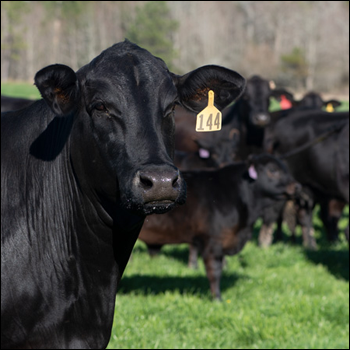 Angus Proud: Nickey Smith
Angus Proud: Nickey Smith
AngusLink helps Louisiana cattleman gain more for his calves.
 Angus Proud: Mike Moss
Angus Proud: Mike Moss
Operation’s nontraditional start lends to creativity and conservation efforts.
